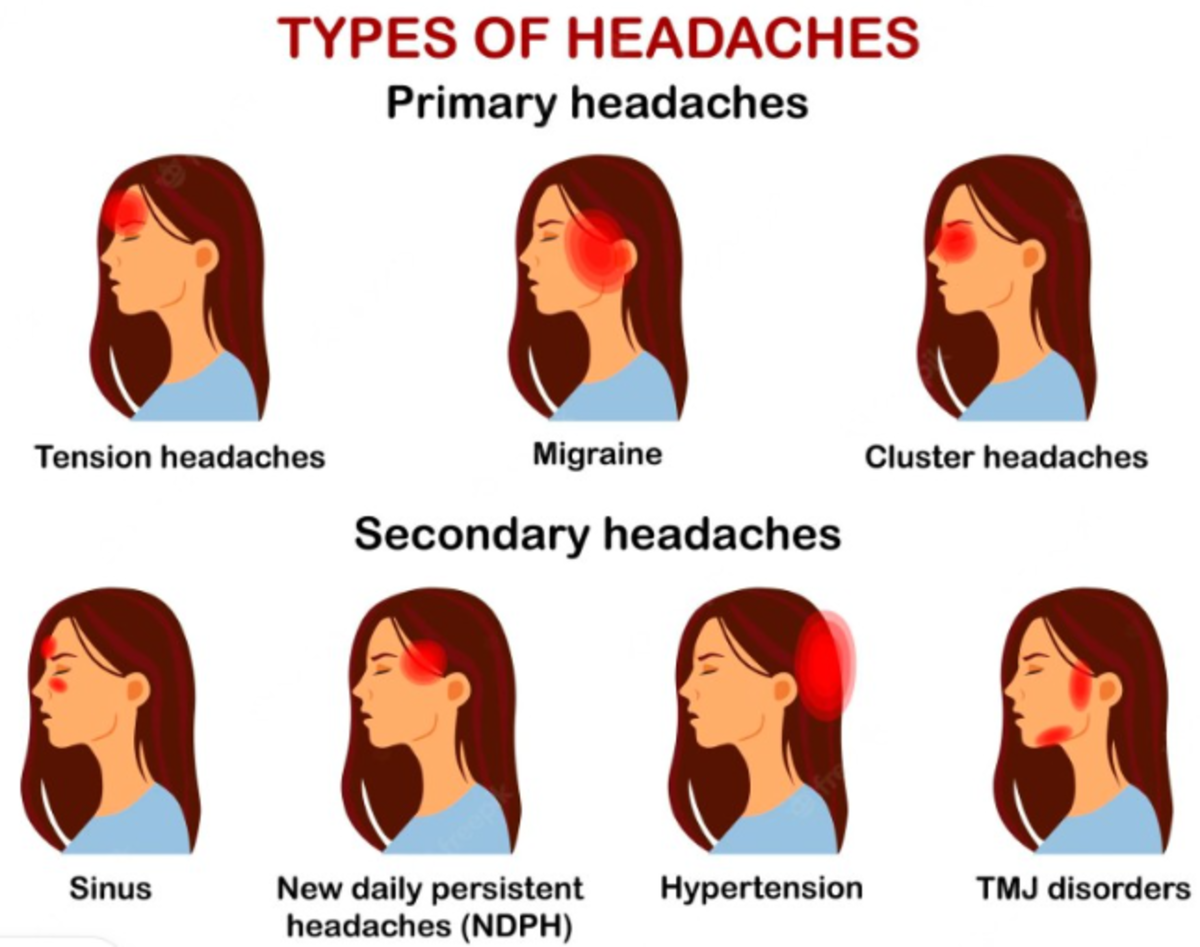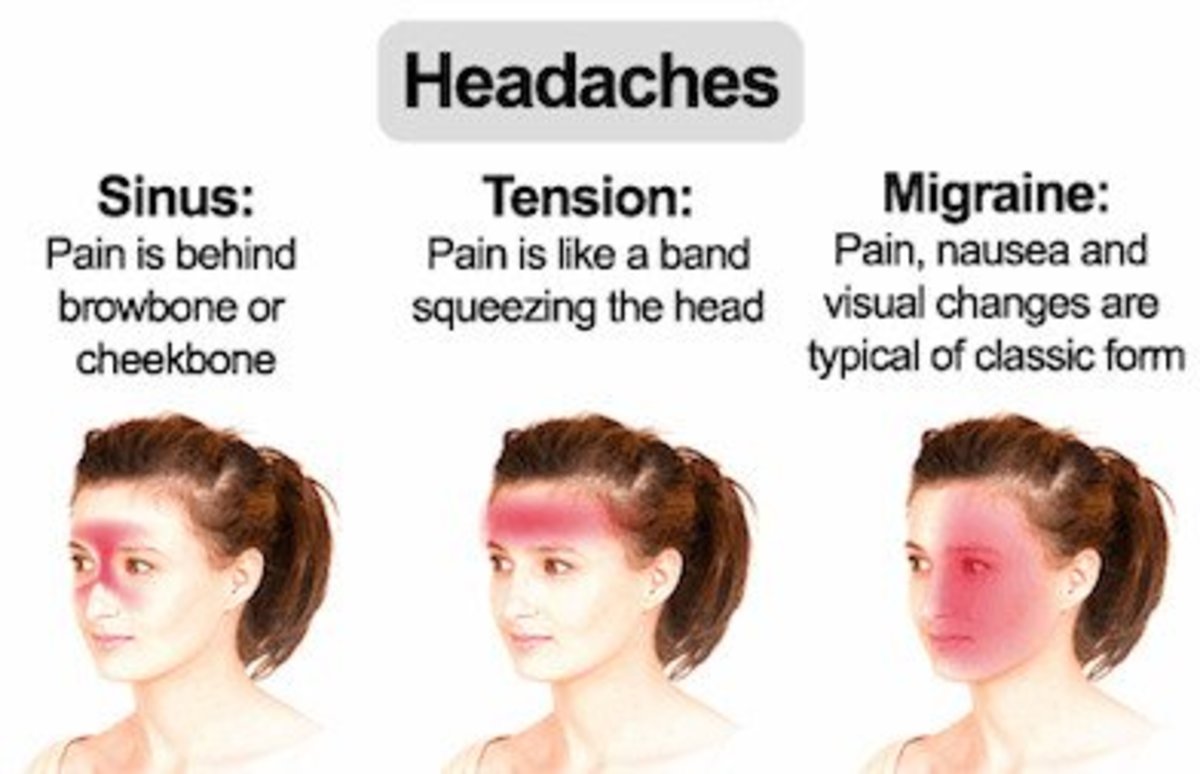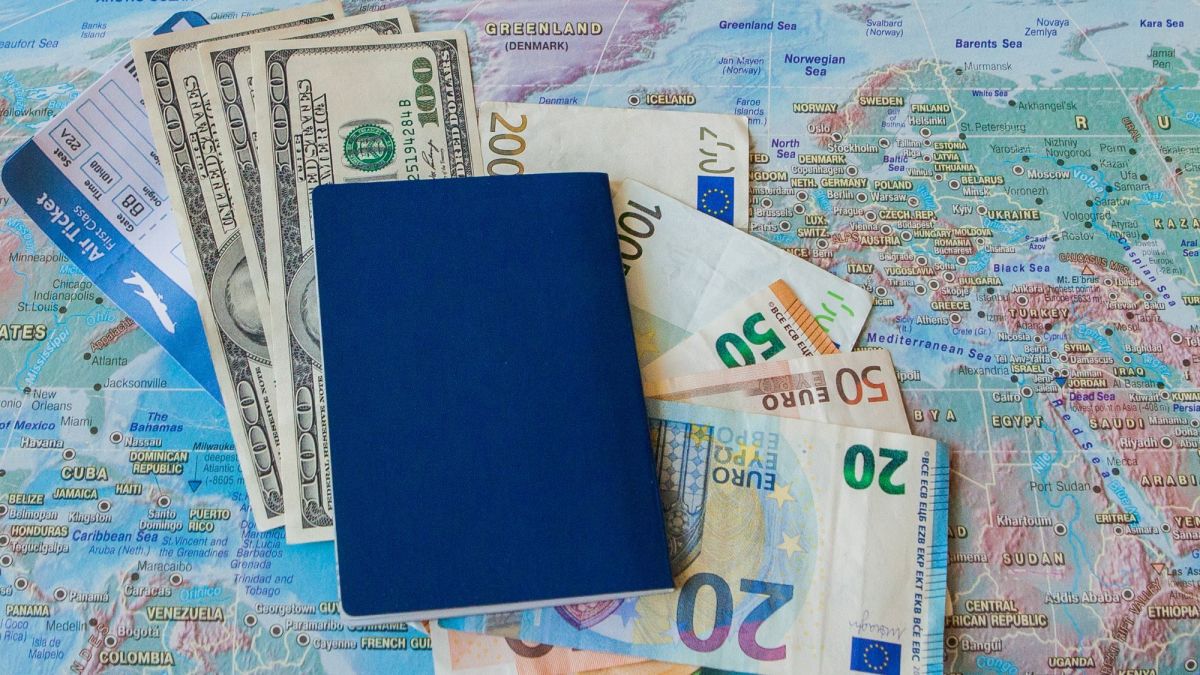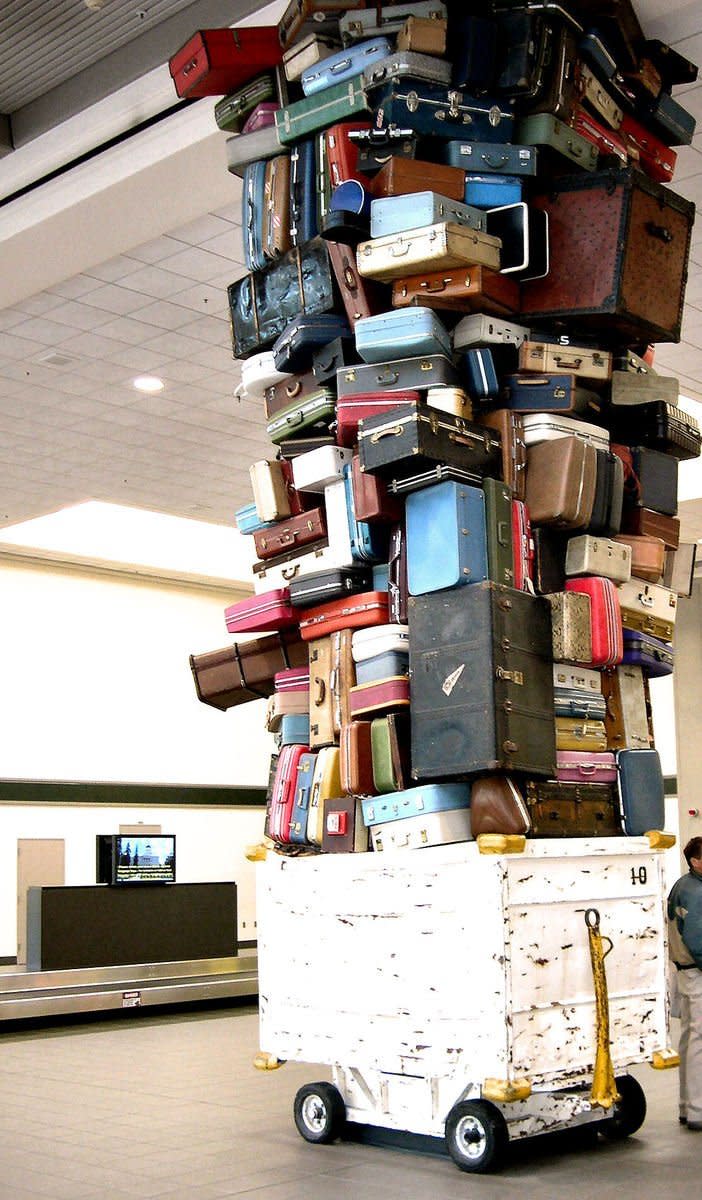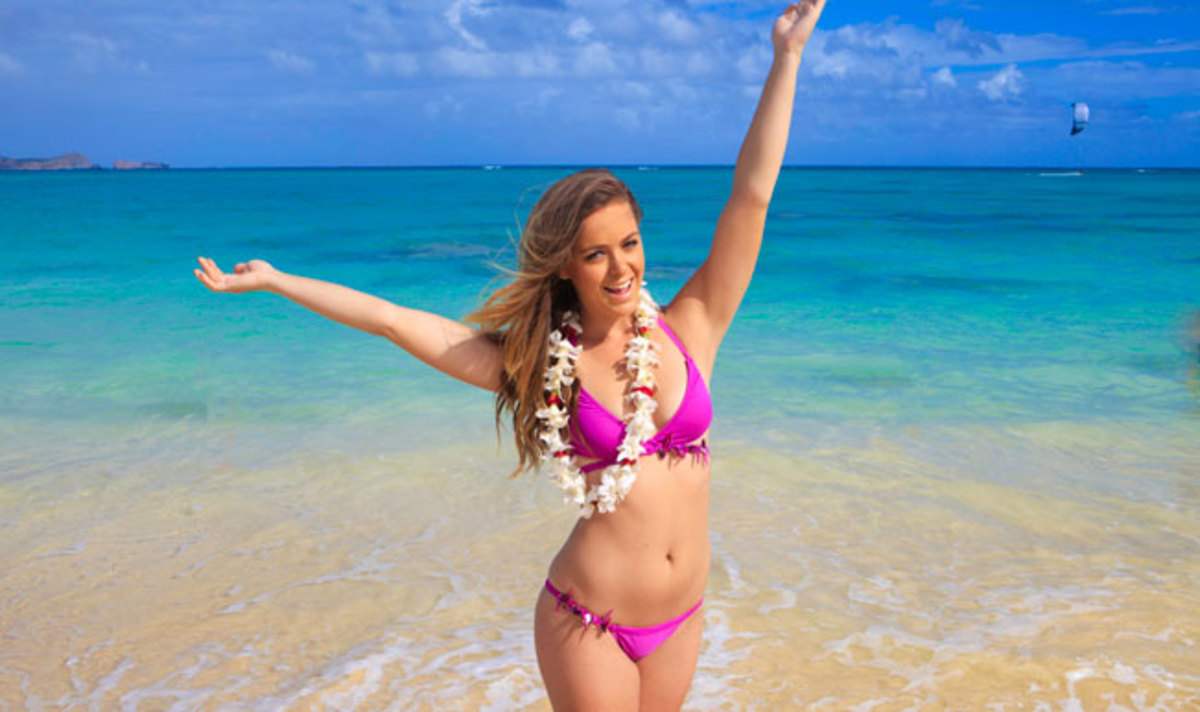Helpful Tips to Avoid Migraines While Traveling
Anyone who suffers from regular migraines would have had the harrowing experience of getting one while traveling or on vacation. Some people are even hesitant to visit certain places due to previous bad experiences. Whether it's a short weekend getaway or a much-awaited overseas trip, a migraine can often ruin the entire trip or a part of it.
This article provides some tips to help plan your trip, pack the essentials and to ensure that you have a pain-free time.
Migraine-Friendly Tips for Planning a Trip
As much as you might want to avoid planning to make allowances for migraines on a trip, it's always best to be prepared. Here are some things to keep in mind while planning:
- Plan Wisely—Consider the Possibility of a Migraine Attack
- Avoid Hectic Itineraries
- Be Prepared for Your Destination
- Be Organized to Avoid Stressful Situations
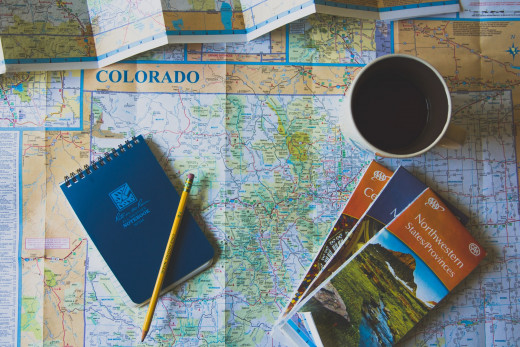
1. Plan Wisely—Consider the Possibility of a Migraine Attack
Plan your trip by keeping in mind the possibility of a migraine attack.
- It is always a good idea to take it easy on the day of travel as the probability of getting a migraine is higher because of the numerous potential triggers.
- If it is a long vacation, keep the major highlights for the middle or latter part of the trip.
- If you're traveling for work or an event, try to reach your destination a day earlier. That will ensure you have ample time to recover if you do get a migraine attack while traveling. It would be futile to travel all the way only to miss the event because of a migraine.
2. Avoid Hectic Itineraries
We often make the mistake of cramming as much as we can into our travel itineraries. Migraine sufferers should try to plan efficiently—keep some buffer time and a few breaks to relax. Try to avoid hectic tours and jam-packed schedules as much as possible.
We might also wish to save some money by taking a flight at an odd hour or one with many layovers; we might even try to rough it out as much as possible. For some, these cost-cutting measures can result in stressful situations or adversely affect sleep patterns, which might lead to a migraine.
3. Be Prepared for Your Destination
Being prepared for location and weather changes is also important. If you are familiar with the destination, you can pack appropriately and efficiently.
- Hot and humid weather can be a trigger for migraines. For some people, even 15-20 minutes in direct, sharp sunlight can be disastrous. Since a bit of exploring is usually inevitable on trips, you should always carry the right essentials like water bottles, sunglasses, hats and umbrellas.
- Cold climates can also prompt a migraine. For these places, it's important to pack warm clothing, especially to cover the head and neck. You can also carry heat packs and make sure to book a hotel or room that has adequate heating facilities.
- High altitude destinations can also cause migraines. If you have had previous bad experiences with such locations, it's best to avoid them.
Don't Know the Reason for Your Migraine?
Make sure to record your symptoms and possible triggers in a migraine journal or a migraine tracking app. That will help ascertain the cause, and it can then be avoided in the future.
4. Be Organized to Avoid Stressful Situations
Migraines and stress often go hand in hand. It is important to do whatever is possible to prevent stress due to avoidable situations.
- Be organized about packing. Have a list of items to pack and obtain all these things well in advance. Steer clear of last-minute shopping and hurried haphazard packing; you may end up forgetting something important which can cause stress later on.
- Research on the destination so that there will be no unwanted surprises. Learn a bit about the weather, culture, food and environment of the place.
- Book all transport and accommodation in advance. Try to stay away from the "We'll see when we get there" attitude.
Packing List of Migraine-Related Essentials
Item
| Why It's Important
|
|---|---|
Medication and prescription (if required)
| To provide relief from the pain.
|
Water bottle
| To stay hydrated at all times.
|
Eye-mask
| To block out unwanted light and provide relief while traveling or during a migraine.
|
Ear plugs
| To block out unwanted loud noises while traveling or during a migraine.
|
Neck pillow
| To remain comfortable and relaxed for lengthy periods of time.
|
Ice/Heat pack
| To treat a migraine, or for comfort.
|
Snacks
| To snack on at regular intervals when proper meals are not available. Can include dried fruits, nuts, protein bars, juices, etc.
|
Sunglasses
| To protect your eyes and avoid unwanted glares or bright lights.
|
Hat/Umbrella (for hotter climates)
| To keep your head/body cool and away from direct sunlight.
|
Woolen cap/Scarf (for colder climates)
| To keep your head/neck warm and away from cold winds.
|
A list of essentials to pack in order to help prevent a migraine or headache.
Things to Remember While Packing Your Migraine Medication
Migraine medication is undoubtedly the most important thing to pack, because, let's face it—even if you do everything right, it sometimes just isn't your day.
- If you are taking a daily preventative medication, ensure that you have enough for the days of your trip and a few extras as well.
- For prescription abortive medication or painkillers, pack the required quantity along with the prescription, too—you never know when it might be required.
- To be on the safe side, it's best to divide your medication and then pack these separately—always keep some on your person.
- Often, people think to consult a doctor and get a new prescription right before a trip. However, it's not a good idea to experiment with any new medication on a trip as you might experience serious side-effects.
Another Helpful and Soothing Product to Pack
A good eye-mask for migraines is this pain-relief mask. It is very comfortable to wear since it is packed with beads and adjusts to fit around the eyes. I think that it does a great job to cool and soothe the area around the eyes while completely blocking out any light. Since it is a weighted mask, it also provides relief from the pain and helps to relax. It has a natural cooling effect but can also be kept in the freezer for an extra bit of temporary coldness. However, remember to first place it in a sealed zip-lock or plastic bag to avoid picking up unwanted smells.
It might be a bit bulky, but it's still a great option which provides some relief while traveling or after a hectic day of travel.
Things to Keep in Mind While Traveling
Here are 5 ways which help to reduce the probability of getting a migraine while traveling:
- Get Sufficient Sleep
- Eat Regularly and Avoid Food Triggers
- Stay Hydrated
- Keep Motion Sickness at Bay
- Let Your Fellow Travelers Know
This list may contain some seemingly trivial things which many people might be quick to dismiss. However, keep in mind that when even a few small triggers add up, the result can be disastrous.
1. Get Sufficient Sleep
Sleep patterns usually get disturbed when one has to travel. It might be because of a flight at an odd hour, last-minute packing, or just the sheer excitement that keeps you awake. Early morning tours and hectic itineraries can lead to lack of sleep on the trip, too.
- If you have an early morning flight, go to bed early and also try to catch a few winks during the previous day.
- Always aim to finish your packing well in advance so that you can relax the night before.
- When travelling in a tour group, early mornings are usually unavoidable. Keep this in mind and do not try your luck by going to a late-night party or by exploring the night-life; it could ruin your next day entirely.
2. Eat Regularly and Avoid Food Triggers
Make all the necessary arrangements for your food; don't assume that you will be able to manage at the last minute.
- For Flights: In the case of flights, try to eat something beforehand which will sustain you for a while. You can also pack a few snacks in your carry-on bag, just in case. Air travel is known for its long waits and occasional delays, so it wouldn't hurt to be over-prepared.
- For Road-Trips: For a road trip, pack snacks and juices in a separate bag so that you can easily access these whenever required. It is best to have your own food so that you can keep snacking without inconveniencing others. However, if you are not too keen on carrying snacks, plan for frequent stops along the way to replenish yourself.
If you have any known food triggers, make sure that you steer clear of them before traveling and during the length of your trip, too. It is best to also avoid alcohol consumption on the day of travel and during the trip, if possible.
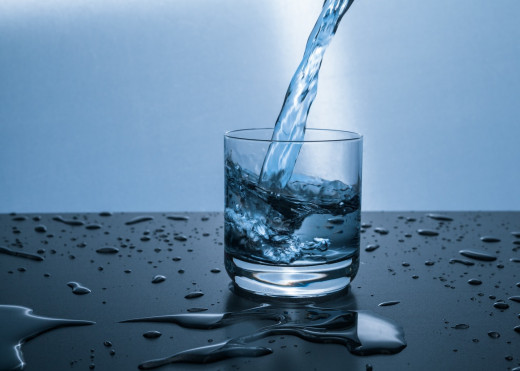
3. Stay Hydrated
Always carry a water bottle with you, no matter where you are. It is easy to forget to keep hydrated, especially for those who do not have the habit of drinking enough water. If the weather is hot and sunny, you would have to drink even more than your usual amount.
While traveling, we sometimes try to drink less water intentionally to avoid using public restrooms which might not be too hygienic. However, those prone to migraines should put their health first and prevent dehydration. Carry other essentials like hand sanitizer and tissues so that you can manage.
4. Keep Motion Sickness at Bay
Motion sickness or airsickness can be a trigger for some people; it not only causes nausea and vomiting but can also lead to a migraine.
Tips for Flights
- Take a tablet to prevent motion sickness about half an hour before the flight.
- Be well prepared so that you are as comfortable as you can be—bring a neck pillow, eye mask, earplugs and anything that would help.
- Some people can get vertigo or feel uncomfortable at a window seat, which might later lead to a migraine, too. Request for a non-window seat or try to exchange seats with someone.
- Being in the direct path of the air conditioner for long hours might also be a trigger, so adjust your air vent appropriately.
- Also, try to avoid reading or using devices for long stretches.
Tips for Road-Trips
- Take a tablet to prevent motion sickness before your journey.
- Plan for regular stops along the way.
- Finding the right seat is important—avoid back seats and too much direct sunlight.
- Rolling down the window is also a good idea.
5. Let Your Fellow Travelers Know
If you feel a migraine coming on, keep your travel partners informed. Let them know how you feel and what makes you feel better. You can discuss alternate plans for the day with them, or they can make arrangements to get you back to the hotel safely.
It is best to avoid solo travel if you are prone to terrible migraines. You might sometimes be faced with problems that are difficult to handle on your own in such a condition. When you get a migraine attack in an unknown place, it is always comforting if you can depend on someone.
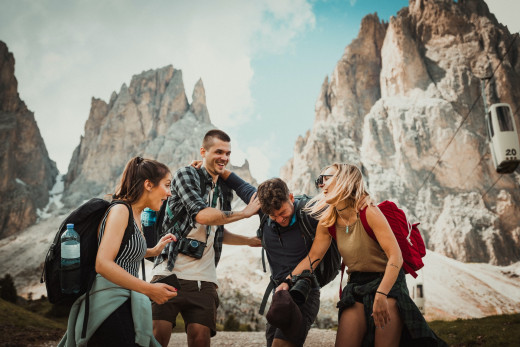
Prevention is Better Than Cure
Travelling is something that is meant to be exciting and fun. It can sometimes be dampening to have to constantly think about preventing a migraine. However, we all know that prevention is better than the distressing pain and symptoms that come with a migraine.
Hopefully, by following these suggestions and being a bit extra careful, everyone can enjoy their trip without having to deal with the dreaded migraine.
This content is accurate and true to the best of the author’s knowledge and does not substitute for diagnosis, prognosis, treatment, prescription, and/or dietary advice from a licensed health professional. Drugs, supplements, and natural remedies may have dangerous side effects. If pregnant or nursing, consult with a qualified provider on an individual basis. Seek immediate help if you are experiencing a medical emergency.
© 2020 Lisha C

